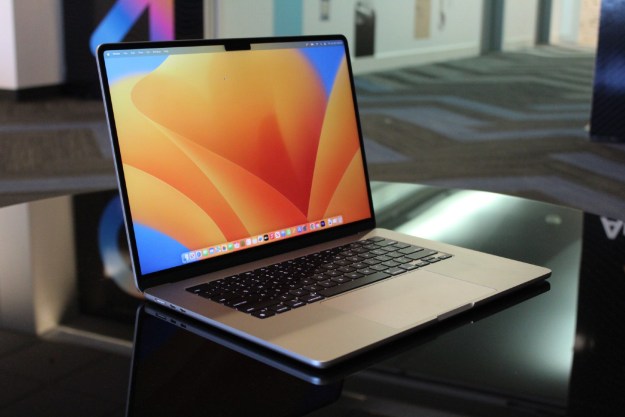At the Apple Unleashed event on Monday, the company announced the M1 Pro and M1 Max chips, which are Apple’s second effort at using its own silicon in its desktops and laptops. The M1 was impressive enough, but the new chips look to push core counts and RAM capacity to the limit — plus give a solid boost to graphics power.
The M1 Max chips feature up to 32 GPU cores, which is a massive bump over the eight featured on the M1. Apple says the M1 Max chip can deliver similar performance to high-end PC laptop graphics while using 100% less power. We don’t have concrete numbers, but the new chip should make gaming on Mac possible like never before.

There are two versions of the updated M1: Both with 10 CPU cores, but one with 16 graphics cores (M1 Pro) and another with 32 (M1 Max). Based on the performance of the seven to eight GPU cores in the M1 — depending on the model you choose — some estimate that the extra power can bring the M1 Pro to the level of a mobile RTX 3070 graphics card.
That’s great if you want to play some of the best Mac games. But the M1 Pro and M1 Max have much higher general compute power, too. Although the bump from eight CPU cores to 10 may seem small, the cores themselves are much better on the M1 Pro and M1 Max. These chips feature eight high-performance and two efficient cores, compared to a four/four split on the M1.
The M1 Pro also comes with twice the transistors as the M1, making for a much more power processor overall. Doubling the GPU cores leads to double the graphics performance, and the M1 Pro comes with double the memory bandwidth as well (200GB/s). Overall, Apple says the M1 Pro is 70% faster than the M1, which is a huge step up in performance.
The M1 Max is the same, just doubled. It has four times as much GPU power as the M1 and four times as much memory bandwidth. Compared to an eight-core laptop processor, Apple says the M1 Pro and M1 Max deliver 1.7X performance while consuming 40% less power.
Both chips also comes with new display and media engines. The media engine can accelerate
Although the M1 Pro and Max are a big leap for Apple, they aren’t an entirely new generation. The systems-on-a-chip (SoCs) are still built using TSMC’s 5nm lithography, just like the M1. The big difference here comes in core counts and RAM capacity. The M1 Max comes with up to 64GB of memory, which compares to only 16GB on the M1.
The M1 Pro and Max are set to show up on the MacBook Pro 14 and MacBook Pro 16. The 14-inch model is set to replace the 13-inch Intel-based MacBook Pro that’s currently available, while the 16-inch model will replace the aging MacBook Pro 16.
As for the MacBook Air, it doesn’t seem like we’re getting an update now. We probably won’t see it until the launch of the M2 chip, which is an entirely new generation. This chip is rumored to come in 2022, and it could feature as many as 32 CPU cores.
Editors' Recommendations
- I’m finally ready to stop recommending Apple’s cheapest MacBook
- The MacBook Pro M3 doesn’t have a memory problem — it has a pricing problem
- Apple’s M3 Max appears to keep up with Intel’s top desktop CPU
- The M3 is the most important chip Apple has ever made
- The M3 Max makes the MacBook Pro look like a nearly unbeatable laptop



